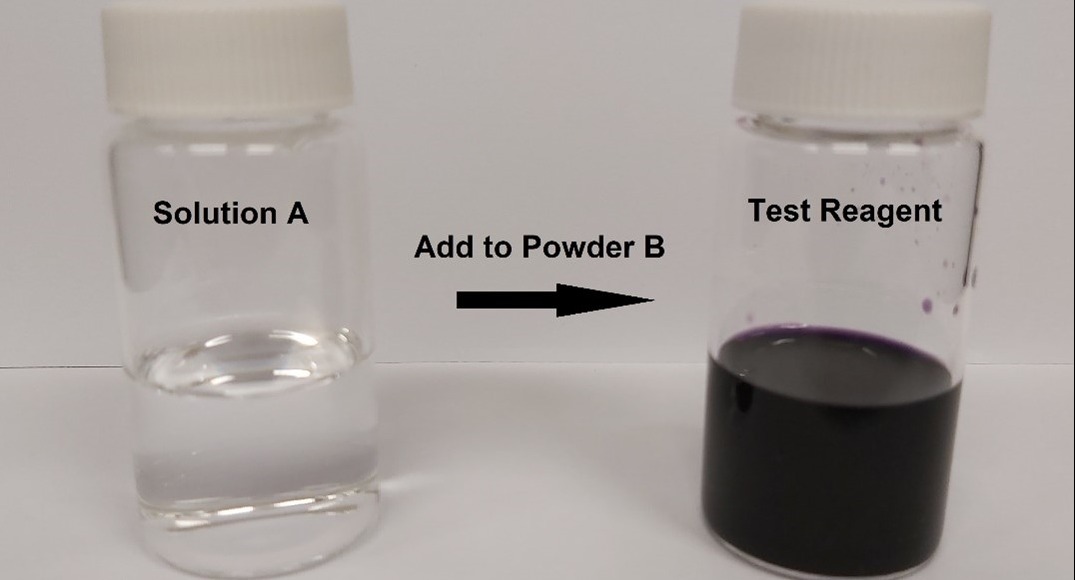Rapid, Colourimetric and Non-Enzymatic Detection of Aquatic Bacteria



KEY INFORMATION
Chemicals - Analysis
TECHNOLOGY OVERVIEW
Routine monitoring of water quality is paramount in aquaculture operations such as Recirculating Aquaculture Systems (RAS) to ensure high productivity and high produce quality. Currently, the monitoring of microbial content in water is mostly based on visualisation of water turbidity and observation of fish behaviour. Some RAS operations use the bacterial culture-based approach for surveillance of microbial quality of water. However, this approach is laborious, requires microbiological testing expertise, and test results are obtainable only after a long incubation period.
Bioluminescent ATP assay is another method that can be used to monitor microbial content. However, it requires lysis of bacteria to release the ATP contained inside the bacteria, and enzymatic reaction of luciferase on ATP to produce the luminescence. While it provides results within a short time, the cost of luciferase, lysis reagents and luminometer could be prohibitive for routine and extensive testing of water samples.
The technology owner has developed a non-enzymatic test reagent which gives a rapid colour change in the presence of Gram-negative bacteria. The technology owner is keen to collaborate with manufacturers of analytical instruments and diagnostic test kits, as well as partners from the aquaculture, biomedical and water quality control industries, to further develop and commercialise this technology.
TECHNOLOGY FEATURES & SPECIFICATIONS
Features of this novel test reagent include:
- Fast reaction, any colour change is visible within 15-20 seconds
- Specific detection of Gram-negative bacteria, e.g. Vibrio spp., which contribute to many of the bacterial diseases in aquaculture
- Does not require samples to be treated with lysis buffer prior to adding the test reagent
- Can be prepared easily by simple mixing of a formulated solution with a powder
- Environmentally benign and not corrosive
POTENTIAL APPLICATIONS
This test reagent is efficient in detecting aquatic bacteria in aquaculture farms. It is a convenient, instrument-free, and economical alternative to detect presence of Gram-negative bacteria, enabling more farmers to monitor the microbial content more regularly and frequently to avoid the disease outbreaks.
It may also be applied in other sectors which require routine monitoring of bacteria, such as environmental water testing laboratories, biomedical and pharmaceutical industries.
Unique Value Proposition
- Rapid colour change and can be visualised without the use of any electronic devices
- Quick and simple preparation and testing method without involving special equipment or personnel with advanced microbiological testing expertise
- Ingredients of the test reagent are commercially available at low cost
- Environmentally benign and do not require special treatment for disposal
- Unlike ATP reagents that require storage at low temperatures, this test reagent is stable at 25-30°C for at least 8 months
